Contact our Iceland experts now
Enquire now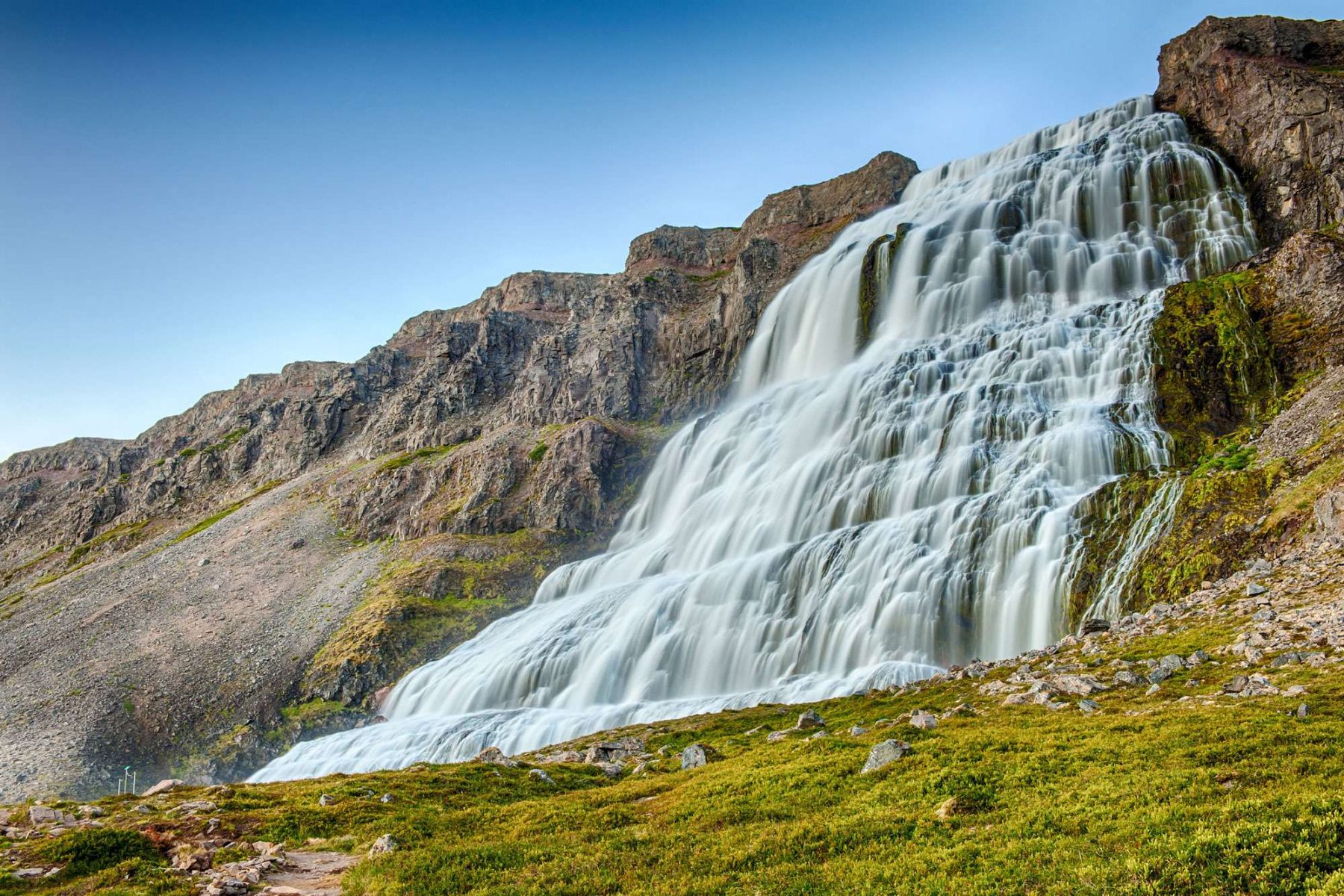
West Fjords Holidays
This is the oldest and wildest region of Iceland – remote and stunningly beautiful with countless fjords, precipitous mountains, amazing coastal roads and hidden gems. Sparsely populated, the region is connected to the rest of Iceland by a mere seven kilometre wide strip of land. It feels completely different to the rest of the country and is the perfect place to go if you want to discover somewhere absolutely stunning but completely undisturbed.
You could easily dedicate a week to exploring the elongated coastline and rolling farmland. Meander up and down the fjords admiring stunning rock formations, impressive bird cliffs and visiting charming villages.
Popular Iceland West Fjords Holidays
Latrabjarg
The impressive bird cliffs at Latrabjarg form the westernmost point of Iceland. At 14km long and 444m high, these sheer cliffs are home to the country’s largest concentration of sea birds including puffins, kittiwakes, razorbills, fulmars and guillemots.
One of the more visited attractions in the West Fjords, Latrabjarg cliff is naturally a favourite spot for bird-lovers. It comes alive in the summer time as approximately one million birds flock around the dizzyingly high cliffs. Safe high up, the birds are fearless, and provide amazing photographic opportunities.
Raudisandur
For those looking for a picturesque walk this incredible 20-km golden sand beach is often deserted and just right for a romantic stroll.
Isafjordur
The largest settlement in the region (population 3,500), is located on a spit of land which juts into Isafjardardjup, creating a perfect natural harbour. Isafjordur is an old trading post rammed in by high mountains and beautiful nature. As the region’s oldest town, it is a pleasant and prosperous place to visit. Be sure to visit the Heritage Museum with its delightful 18th century timbered buildings to get a better understanding of the town’s maritime history. The buildings themselves are a popular subject for artists and photographers, as well as housing a fine fish restaurant with marvellous views.
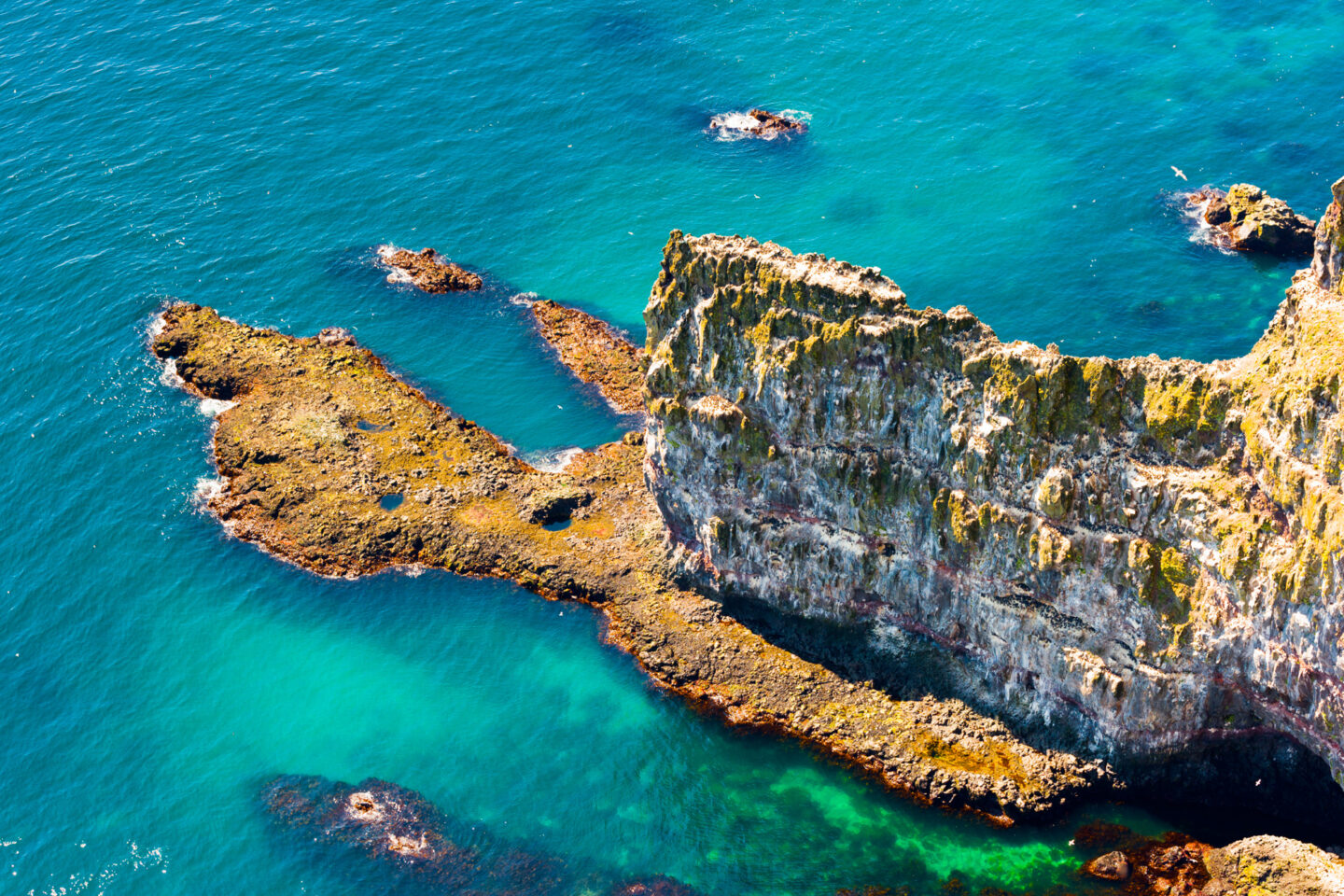
Flateyri
This typical Icelandic fishing village has an idyllic setting on the shores of Onundarfjordur. A whale’s pelvic bone sits in the main square and a little church completes the picture.
Dynjandi
These ‘mountain falls’, made up of a numerous smaller falls, are also known as Fjallfoss. Water tumbles from a height of 100m, fanning out to the base, 60m in width. Hailed by many locals as the most majestic waterfall in Iceland, Dynjandi is the largest in the West Fjords and the spectacular sight will take your breath away.
Hornstrandir
This wilderness peninsula is 580sq km of nature reserve features golden sands; towering bird cliffs; glacial valleys and flowering tundra. Hornstrandir is home to Iceland’s only native mammal, the cheeky Arctic Fox as well as seals, cetaceans offshore and a myriad of bird life. Hiking here is the order of the day – some trails inspiring, some for serious contenders only! Hornstrandir is accessible during the summer by boat from the Isafjordur area. Off the beaten track, you will be amazed by the scenery and rich wildlife as you keep your eyes out for the elusive Arctic Fox.
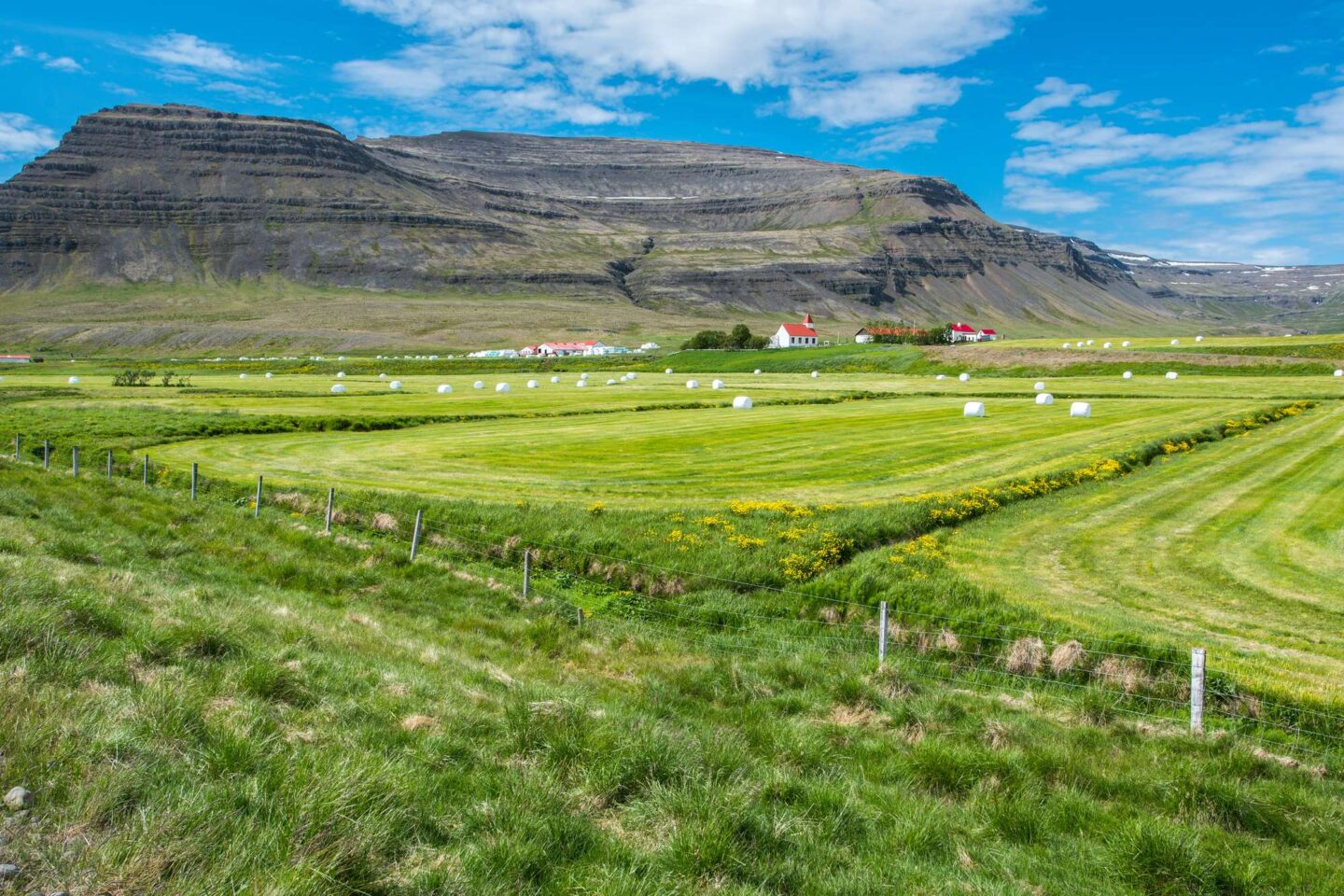
Isafjardardjup
This spectacular 75km long fjord almost cuts the region in two, with the remote Hornstrandir nature reserve at its northernmost reach. It is one of around fifty deep fjords, with alternating steep headlands, which make up this least visited part of the country. The fjord, which splits into yet more fjords, provides ample kayaking opportunities and a very scenic drive to Isafjordur. A pretty speck of land ‘Vigur’ lies within the fjord, boasting Iceland’s only windmill and a single farm. Boat trips are possible in the summer months and the unique scenery and prolific bird life make it worthwhile.
Strandir
The east coast of the region, or ‘Strandir’ presents yet more amazing coastlines and a scattering of settlements, mainly associated with fishing and sheep farming. Visit the once-derelict herring factory at Djupavik, now home to an exhibition of days gone by. Huge amounts of driftwood are washed ashore here from Scandinavia and Siberia and although visitor facilities are limited, the area has a lure of its own with a rich and vivid folklore. Drangsnes and Nordurfjordur compete for the best-sited geothermal bathing pools in Iceland – both are right on the shore!
On a clear day the views from the radar station at Bolungarvik are outstanding – worth a little detour. At Hornbjarg yet more impressive bird cliffs are the nesting ground for thousands of pairs of very noisy birds!

Flatey
Breidafjordur is the second biggest fjord in Iceland and is surrounded by many islands that are currently uninhabited. Flatey is the only exception and is the biggest of the islands in Breidafjordur.
Beautiful old houses in vibrant colours line the dusty path through the settlement of Flatey island. You will feel like you are on a movie set as you walk along the crooked path, spotting Arctic terns as you go. Be sure to visit the unusual altarpiece in the island’s church, which was painted by Baltasar Kormakur’s father.

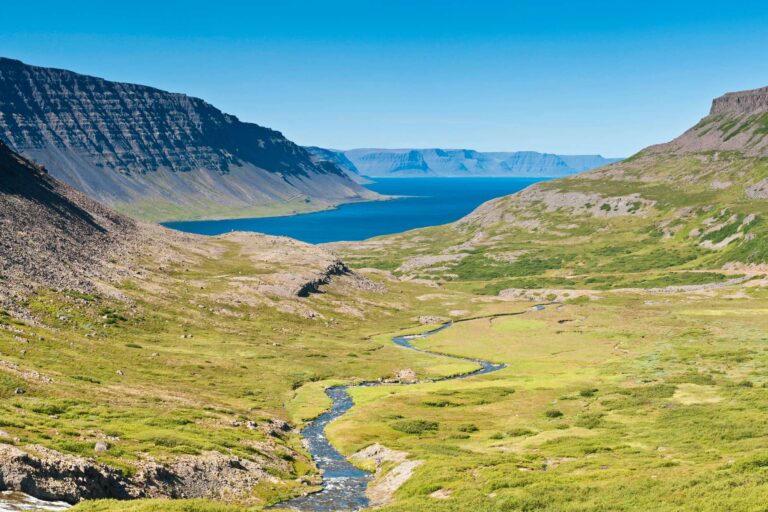
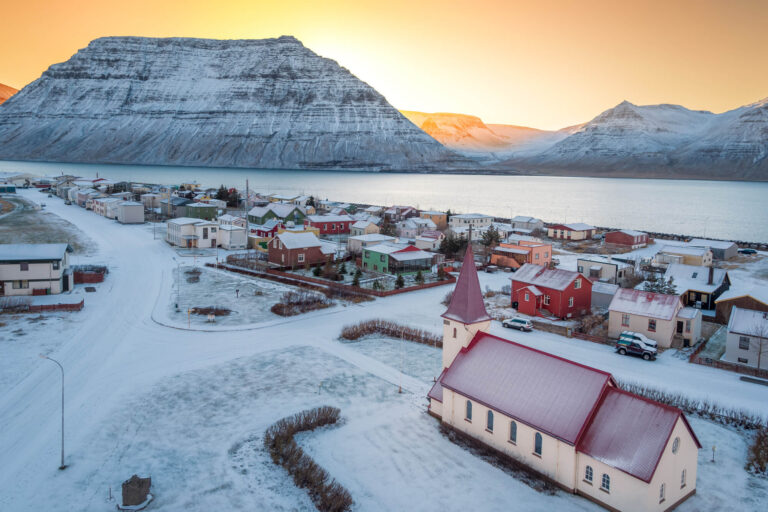
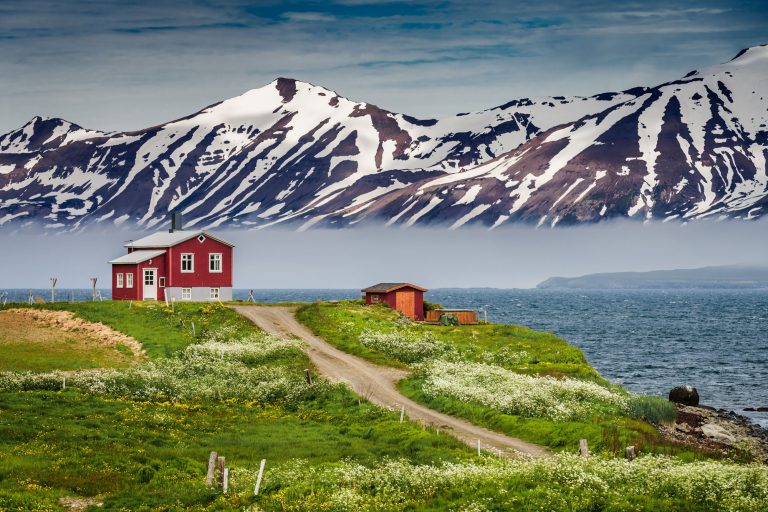
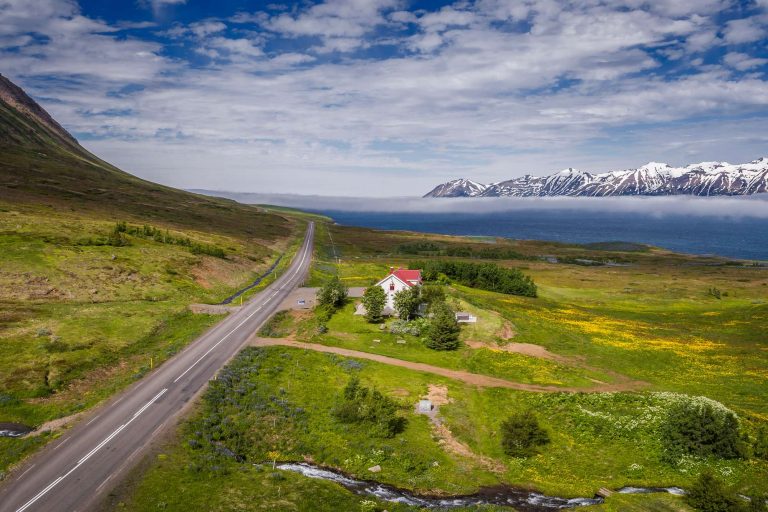

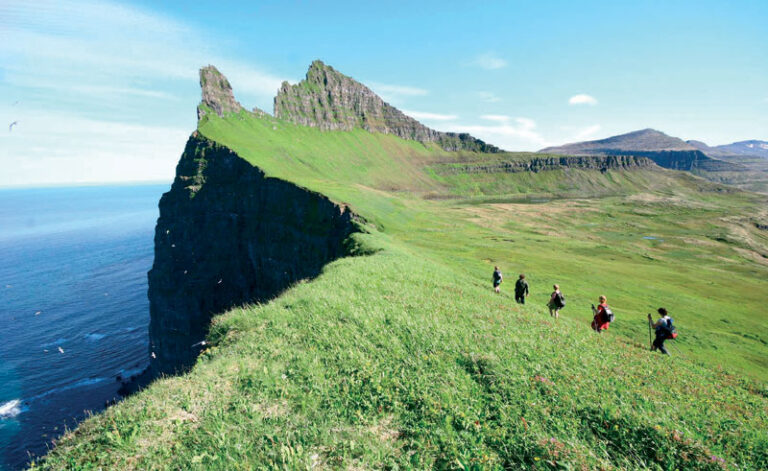
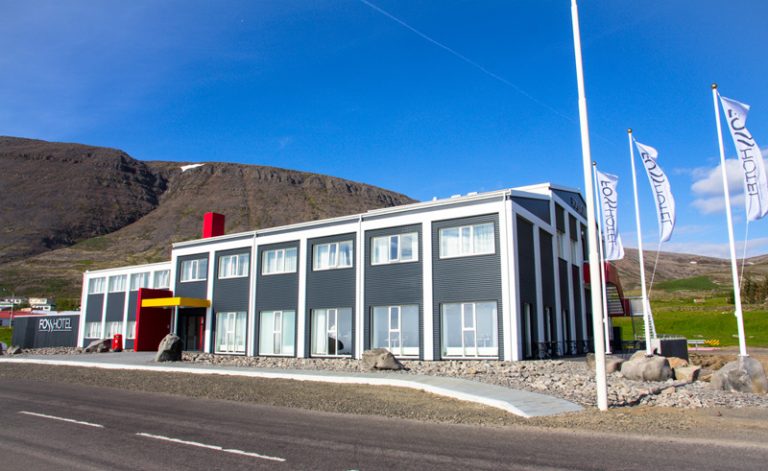
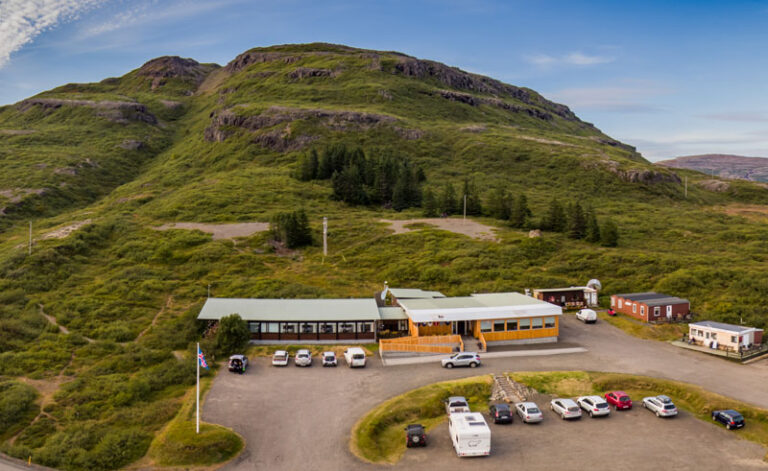
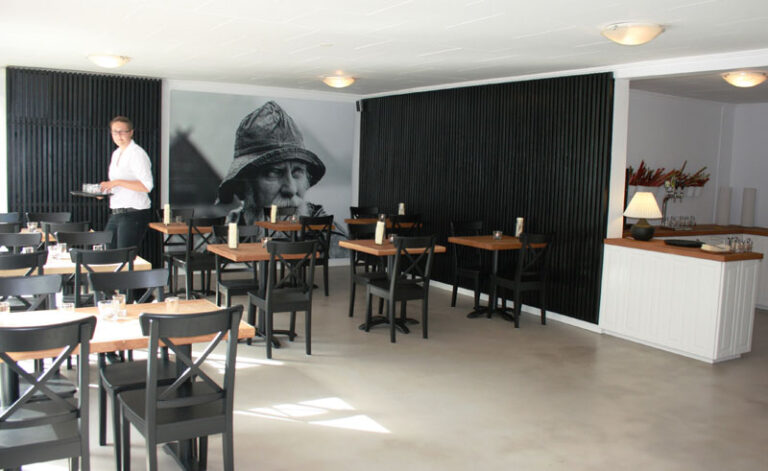
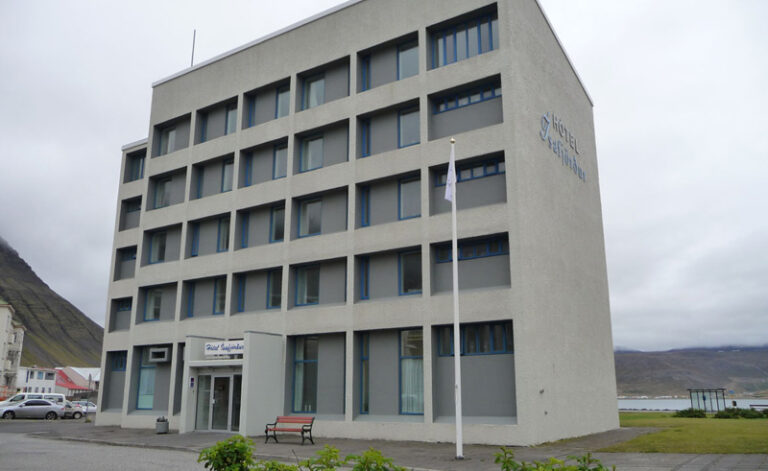
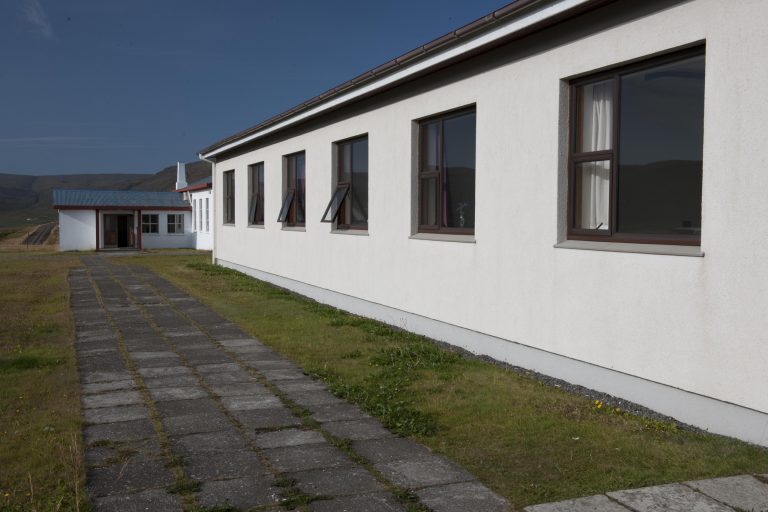
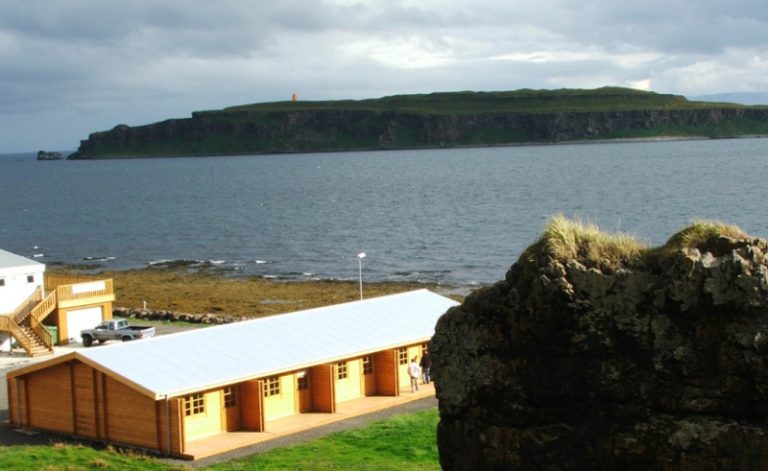


 Instagram
Instagram
 Facebook
Facebook
 YouTube
YouTube